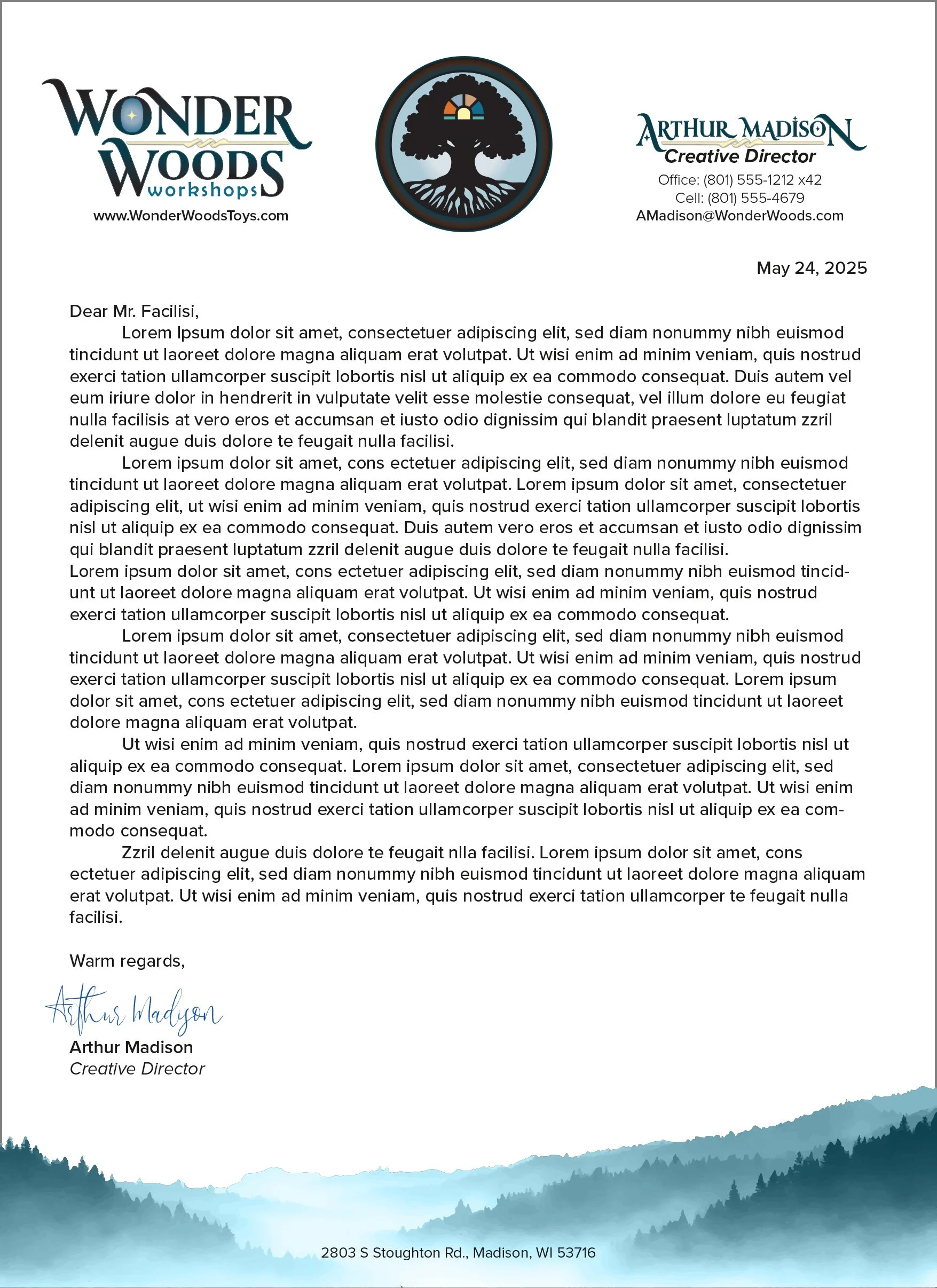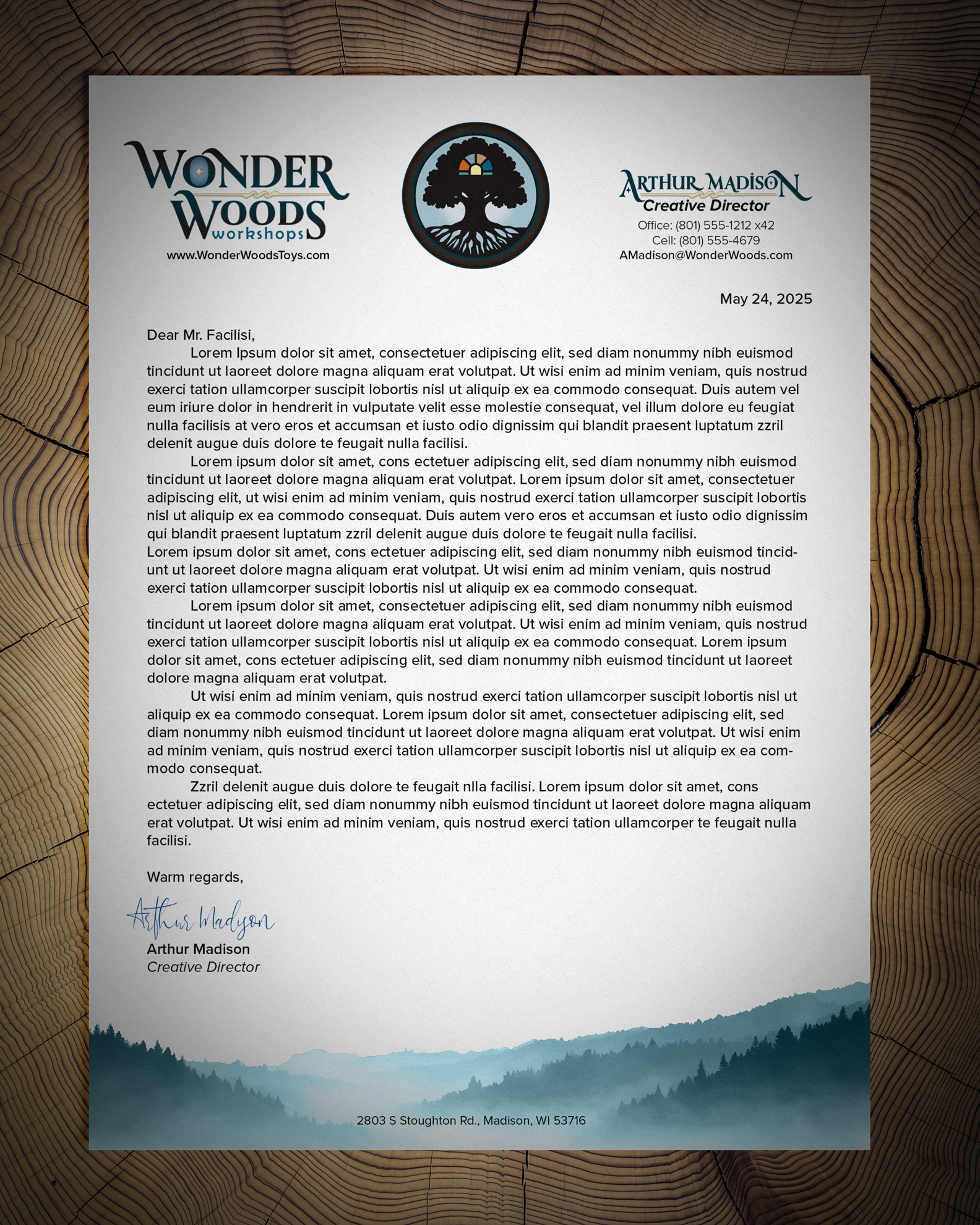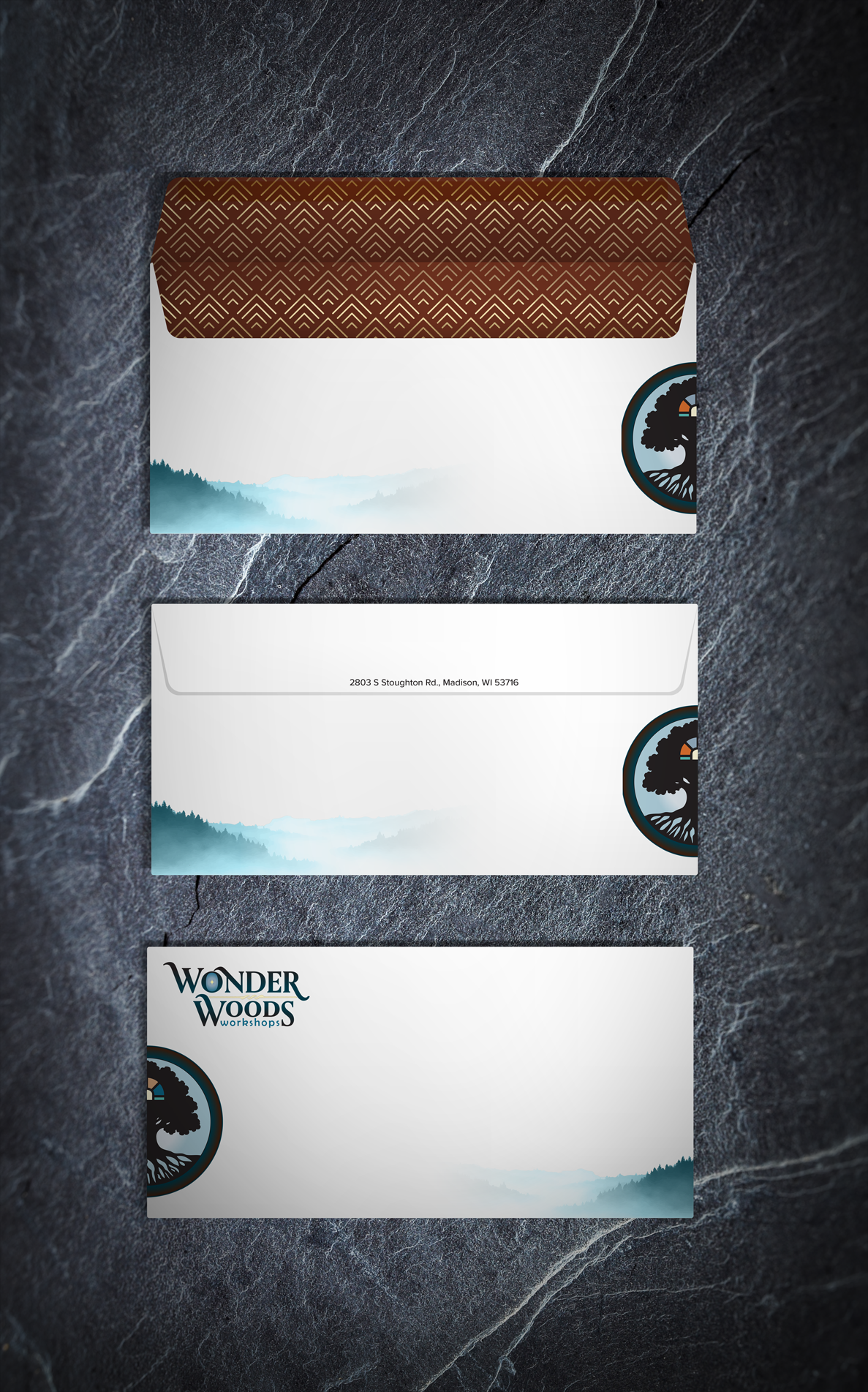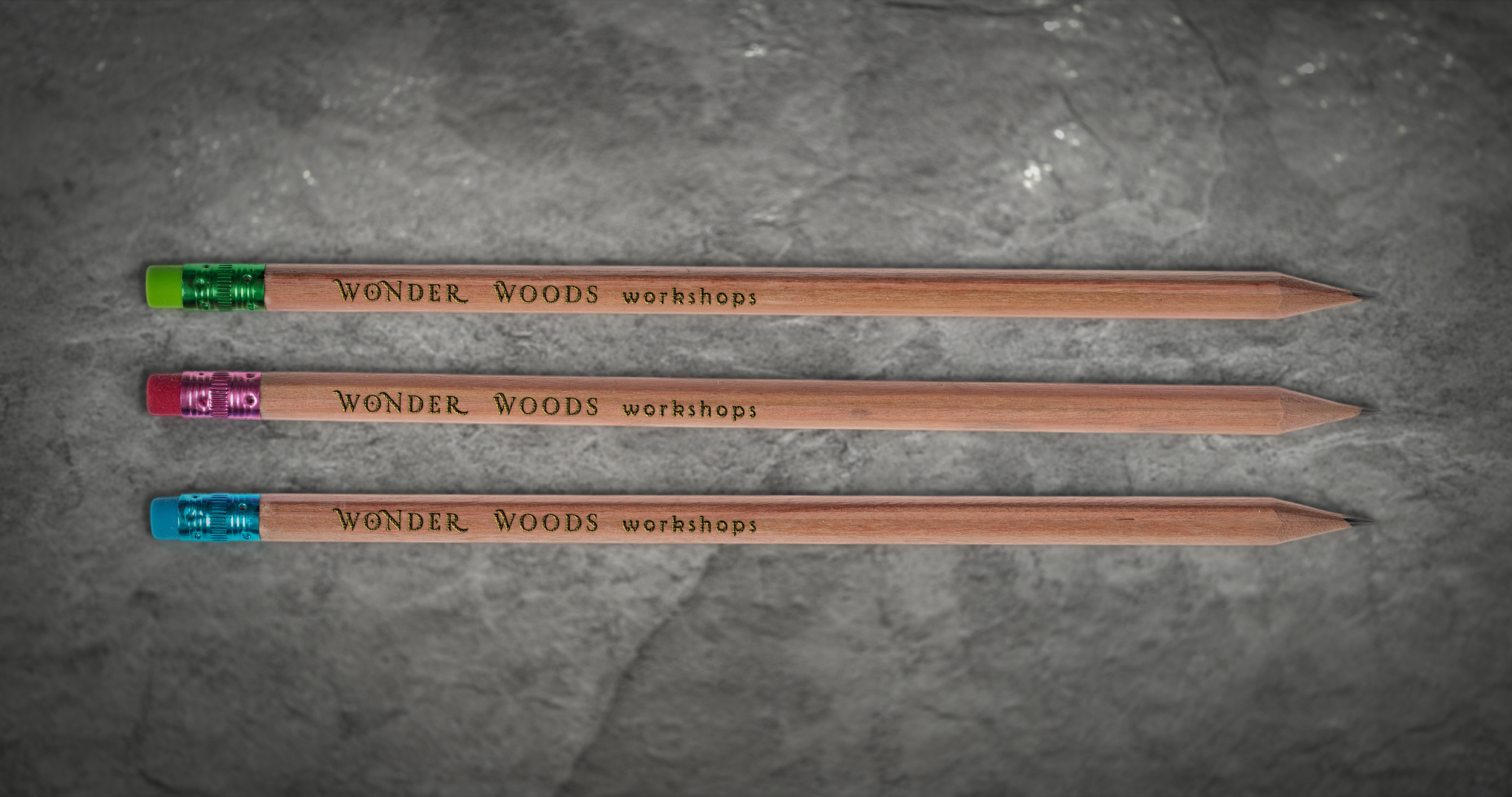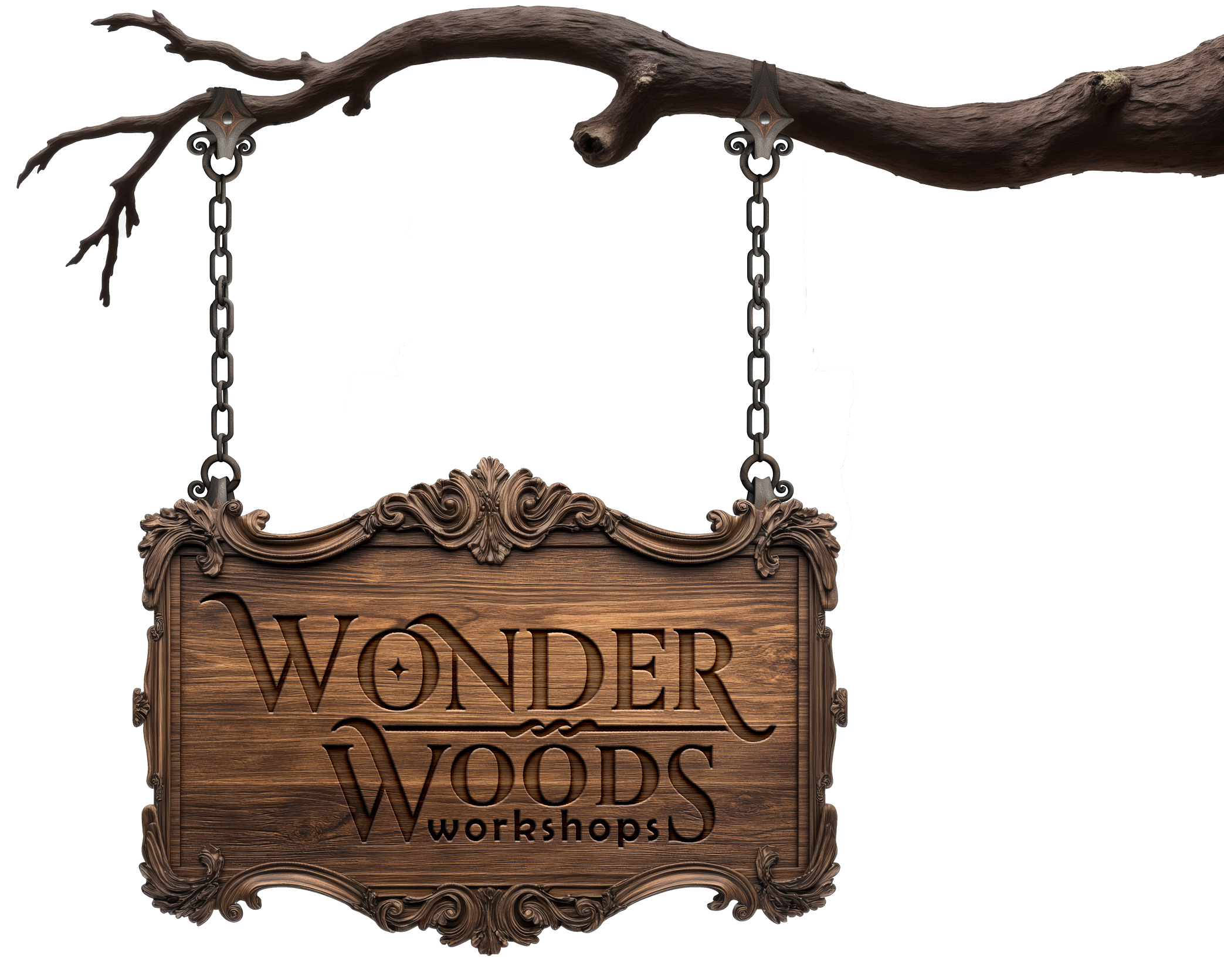MDM650 Week: 3
Complete
Stationery Package
Business Card (Final)
“I revisited the card and made sure that some misty mountain range was subtly addressed on the bottom of the card. ”
Letterhead Design
Production shot
of Letterhead design
Envelope Design
Wood Pencil Design
Stationery Set
Calendar
I'm still working on Social Media and Billboards, but I will fit them into Week 4. I assume that the Custom Signage (above) can work as a type of billboard, although I still plan on doing an actual billboard.
Design Rationale for
Media Asset Production
Research
An extensive review informed the design decisions for this week's media asset production of research sources, including academic databases, trade publications, and case studies. Articles such as Paun (2019) and Sheposh (2022) provided insights into the intersection of digital media, marketing, and user engagement, influencing the structural balance of the stationery package. Dhir (2024) and Dain (2024) explored interactive media applications, reinforcing the value of user-driven customization. Additionally, 99designs Team (2021) outlined evolving web design trends, emphasizing realism and immersive experiences, which informed the integration of subtle visual enhancements. Studies by Soegaard (2020) and WP Engine (2024) emphasized the importance of white space, guiding layout refinements to enhance readability and sophistication. These collective insights shaped the design's visual coherence and strategic presentation.
Solving Problems
The development process focused on refining the stationery package to maintain brand cohesion. The designer initially completed the business card, but they took an iterative approach to integrate the letterhead and envelope, ensuring consistency. Soegaard (2020) and WP Engine (2024) highlighted principles that inspired the designer to utilize white space, enhancing readability and creating visual emphasis. A misty mountain range was subtly incorporated at the bottom of the card to align with the brand theme established on the letterhead. The full-color logo was strategically placed across the letterhead and envelope to unify the visual identity. In contrast, a chevron-patterned interior in the envelope reflected the design elements used on the business card's reverse side. These refinements ensured harmony while reinforcing brand messaging.
Collaboration
Feedback was gathered from professional peers and family members to refine design choices. Industry colleagues provided insights into layout balance and typography, resulting in minor adjustments to spacing and type hierarchy. Family members offered consumer perspectives, highlighting elements that enhanced readability and engagement. This collaborative process validated design decisions, ensuring alignment with branding principles while enhancing the overall impact on the target audience.
Acquiring Competencies
A key takeaway from this week's media asset production was the strategic use of white space, as emphasized in Soegaard (2020) and WP Engine (2024). Renewed focus on spacing enhanced visual clarity, reinforcing the role of minimalism in effective branding. Additionally, insights from Paun (2019) and the 99designs Team (2021) reinforced the importance of aesthetic consistency in user experience design. This knowledge will continue to shape future projects, ensuring a refined balance between complexity and simplicity.
References
99designs Team. (2021). 9 stunning web design trends for 2021. 99designs. Retrieved from https://99designs.com/blog/trends/web-design-trends-2021/#2
Dain, A. (2024, May 16). What are the different types of interactive media? EasyTechJunkie. Retrieved from https://www.infobloom.com/what-are-the-different-types-of-interactive-media.htm
Dhir, R. (2024, July 25). Interactive media: Definition, types, and examples. Investopedia. Retrieved from https://www.investopedia.com/terms/i/interactive-media.asp
Full Sail University. (2025). 3.4 Case study. Full Sail University. Retrieved from https://online.fullsail.edu/class_sections/222734/modules/856171/activities/4909917
Paun, G. (2019, April 4). Digital influence: Web design's impact on marketing strategy. Forbes. Retrieved from https://www.forbes.com/councils/forbesagencycouncil/2019/04/04/digital-influence-web-designs-impact-on-marketing-strategy/
Sheposh, R. (2022). Interactive media. EBSCO Research Starters. Retrieved from https://www.ebsco.com/research-starters/computer-science/interactive-media
Soegaard, M. (2020, September 10). The Power of White Space in Design. Interaction Design Foundation - IxDF. Retrieved from https://www.interaction-design.org/literature/article/the-power-of-white-space
WP Engine. (2024, October 2). A guide to effective use of white space in web design. WP Engine. Retrieved from https://wpengine.com/resources/effective-use-white-space-web-design/

